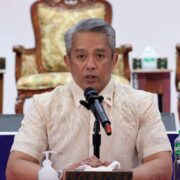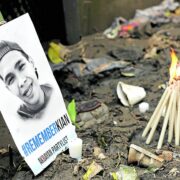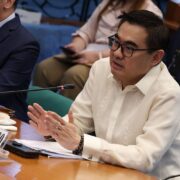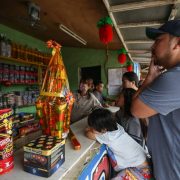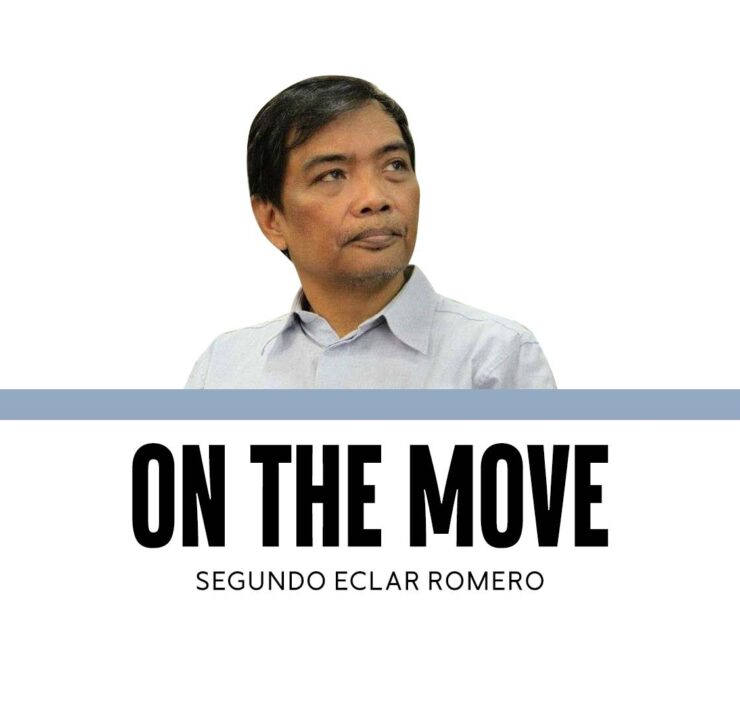Floods and Filipino hydrological amnesia
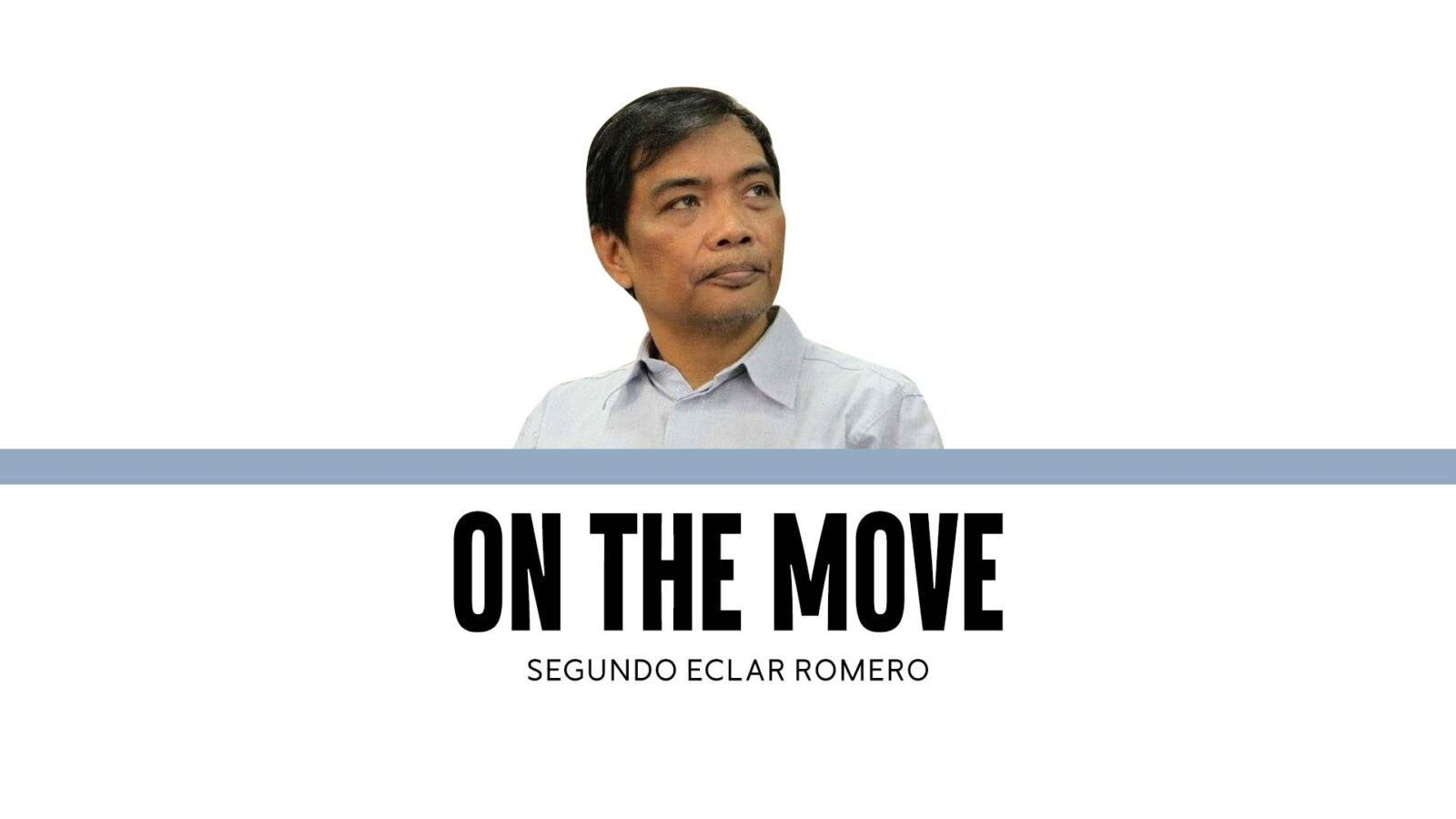
The Philippines is a nation shaped—geographically, historically, economically, and existentially—by water. It is an archipelago of 7,641 islands, dispersed across 2.2 million square kilometers of maritime space, with a land area comprising barely 15 percent of its total domain, according to the National Mapping and Resource Information Authority. Yet despite this unmistakable aquatic identity, the country behaves more like a continental territory struggling against water rather than a maritime society living with it. Most of the country’s enduring vulnerabilities—flooding, food insecurity, informal settlement growth, fragile infrastructure, and ecological depletion—are symptoms of a deeper cultural forgetting: the Philippines is a water civilization that abandoned its water logic.
The Philippines enjoys one of the highest annual rainfall totals in the world—a national mean exceeding 2,400 millimeter, with certain provinces reaching 4,500–5,000 mm, according to Pagasa. It sits along typhoon corridors, monsoonal pathways, and seesawing intertropical convergence zones that produce intense hydrological pulses. The country’s rivers, estimated at more than 400 principal systems by Kevin Rodolfo and Fernando Siringan, drain steep mountain ranges into short, sediment-laden basins. Its coastlines stretch longer than those of the continental United States.
Yet this watery abundance is mirrored by chronic scarcity and instability. The Philippines experiences cyclical water shortages, urban water crises, seasonal agricultural collapse, and frequent flood disasters. Flooding is the most recurrent hazard, affecting an estimated 83 percent of municipalities, per the National Disaster Risk Reduction and Management Council. In many cities, an afternoon thunderstorm is enough to paralyze mobility. Drainage systems overflow within minutes. Water districts struggle with aging pipes. Recharge zones are paved over. Rivers silt. Coastal communities retreat under the weight of rising seas and sinking land.
This contradiction—between abundance and vulnerability—reveals a fundamental misalignment: Filipinos live in a water-rich archipelago using continental assumptions.
Before colonial rule, water was the organizing principle of Filipino settlement and identity. Pre-Hispanic barangays were riverine and coastal communities whose political territories were defined by waterways rather than walls. Maritime trade networks linked Luzon to Borneo, the Malay Peninsula, and China. Boatbuilding was a highly developed craft. The balangay, as every Filipino schoolkid learns, was a symbol of mobility and community, not merely a vessel but an institution of governance.
But colonialism recentered the archipelago toward the interior. Spanish reducciones established nucleated towns away from the coasts to defend against raiders and to facilitate administrative control. Later, as Paulo Alcazaren points out, American urban planning prioritized gridded street systems, inland drainage, and continental conceptions of land tenure. The postwar nation-state continued this land-centric orientation, viewing water primarily as a hazard or an engineering problem rather than a resource, medium, or ecological partner.
The result is what some scholars call a “hydrological amnesia”—a society whose cultural, spatial, and institutional memory has drifted away from its hydro-social foundations.
Flooding in the Philippines is not merely a hydrological reality; it is a constructed vulnerability shaped by four major drivers: (1) extreme rainfall intensification from climate change; (2) vertical land movement, particularly subsidence in coastal megacities due to groundwater overextraction; (3) massive land-cover transformation, especially upland deforestation and urban paving; and (4) fragmented governance, where over 30 national agencies hold partial water mandates without unified authority.
These drivers interact to create compound risks. Metro Manila, for example, combines some of the world’s most intense rainfall events with some of its fastest subsidence rates—a recipe, according to Rodolfo, for recurrent flooding and eventual inundation. The danger is not simply that floods will occur; the nature of floods is shifting. They are becoming flashier, deeper, longer-lasting, and harder to manage using traditional drainage-based methods.
The Philippines must transition from a war-on-water—the default paradigm of drainage, hardening, and containment—to a life-with-water paradigm that emphasizes coexistence, retention, absorption, and maritime development. This requires: (1) reconnecting with indigenous water cultures; (2) embracing catchment-based planning; (3) designing cities as sponges, not drainpipes; (3) developing water tenure systems alongside land tenure; (3) reclaiming maritime sovereignty and offshore opportunities; (4) using SDGs as structural scaffolding for water governance; and (5) envisioning future scenarios that treat water as ecological wealth.
What emerges is a picture not of crisis, but of possibility: the Philippines can transform its greatest hazard into its greatest comparative advantage. It can become a sponge archipelago, a blue-power economy, and a maritime nation whose strength comes from embracing the very element that defines it.
—————-
doyromero@gmail.com




